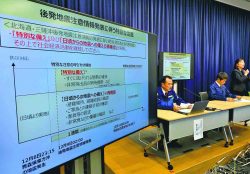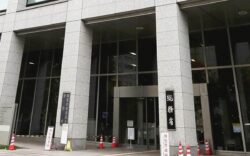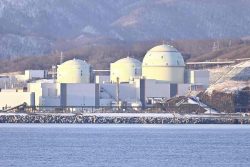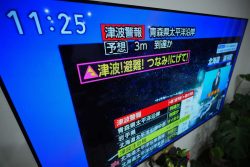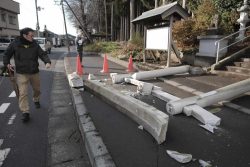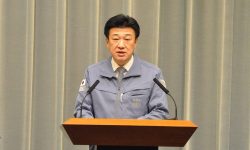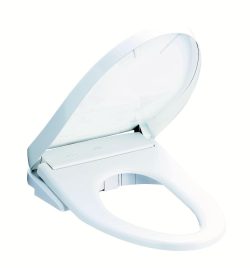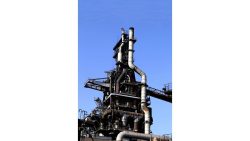Nuclear Debris Captured at Fukushima No. 1 Power Plant; First Time to be Grabbed for Purpose of Removal
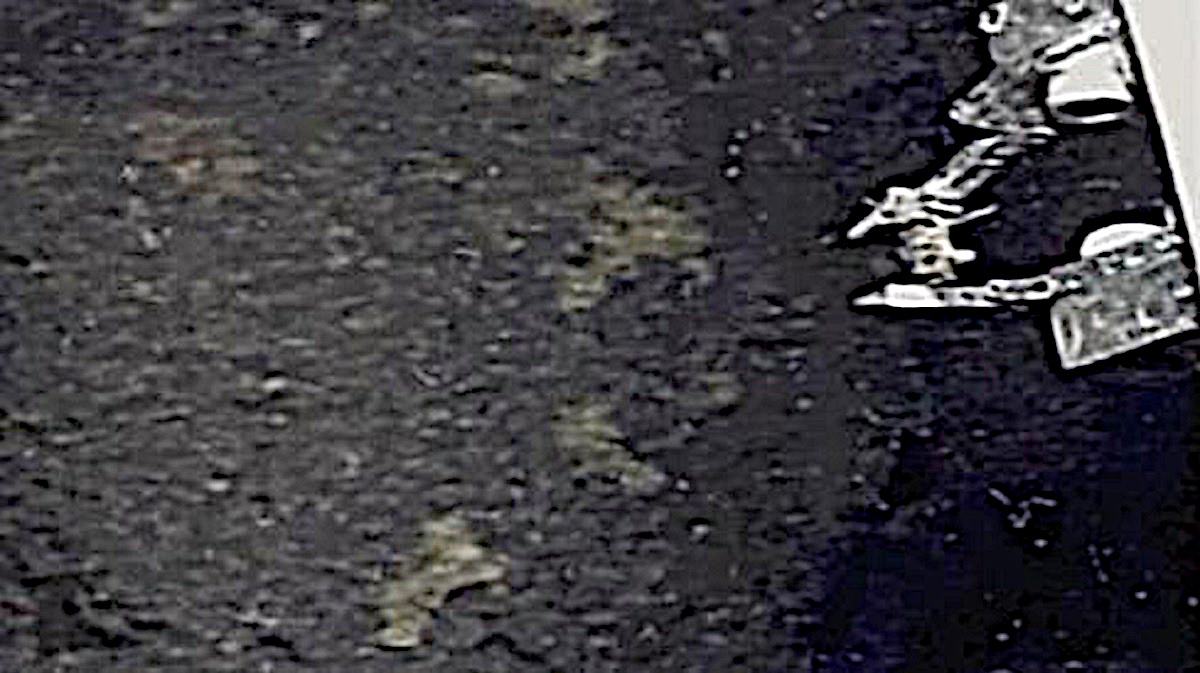
A claw-like device, upper right, grabs a small amount of nuclear debris.
14:34 JST, October 31, 2024
Nuclear fuel debris has been captured with a claw-like device in the No. 2 reactor at the Fukushima No. 1 nuclear power plant, Tokyo Electric Power Company Holdings, Inc. said Wednesday.
The company planned to start removing the debris from the reactor on Thursday, conducting the operation over a period stretching from a few days to as much as a week. If successful, it will be the first removal of debris since the March 2011 accident at the plant and represent a step toward decommissioning the plant.
According to TEPCO, work to grab the melted nuclear fuel began at 9:57 a.m. Wednesday. A cable was hung from the end of equipment shaped like a fishing rod, and at 10:30 a.m., the claw-like device captured the debris, which had accumulated at the bottom of a reactor containment vessel.
The debris is up to 5 millimeters in size, the company said. Work ended for the day shortly after 12:30 p.m., with the equipment lifted out.
Experimental work to remove nuclear debris began on Sept. 10, but it was suspended for more than a month due to glitch-hit cameras attached to the end of the equipment. The work resumed Monday. Although nuclear debris had been captured before as part of procedures to check the equipment, this was the first time debris has been grabbed for the purpose of removal.
The company was to start work Thursday to take the equipment out of the reactor containment vessel. Less than 3 grams of debris are to be removed to prevent workers from being exposed to radiation. The weight will be estimated by measuring the radiation level of the debris within the reactor building before removing it.
If the radiation dose exceeds 24 millisieverts per hour, the debris will be returned to the containment vessel.
After the debris is removed, it will be put in a special container and sent to the Japan Atomic Energy Agency’s Oarai Research and Development Institute in Ibaraki Prefecture, where the debris’ hardness, composition and other matters will be examined. The findings will be used to study efficient removal and storage methods.
"Society" POPULAR ARTICLE
-

M7.5 Earthquake Hits Northern Japan; Tsunami Waves Observed in Hokkaido, Aomori and Iwate Prefectures
-
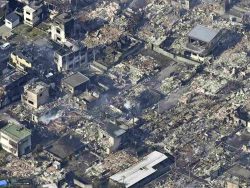
Fire Damages 170 Buildings in Oita, Western Japan
-

M5.7 Earthquake Hits Japan’s Kumamoto Pref., Measuring Upper 5 Intensity, No Tsunami Expected
-

Beloved Cat Stationmaster Nitama in Wakayama Pref. Passes Away at 15
-

No Easy Fix for Tokyo’s Soaring Real Estate Prices
JN ACCESS RANKING
-

Japan’s Hopes for Seafood Exports Shot Down in China Spat
-

Govt Plans to Urge Municipalities to Help Residents Cope with Rising Prices
-

Essential Services Shortage to Hit Japan’s GDP By Up to ¥76 Tril. By 2040
-

Japan to Charge Foreigners More for Residence Permits, Looking to Align with Western Countries
-

Japan GDP Down Annualized 1.8% in July-Sept.


